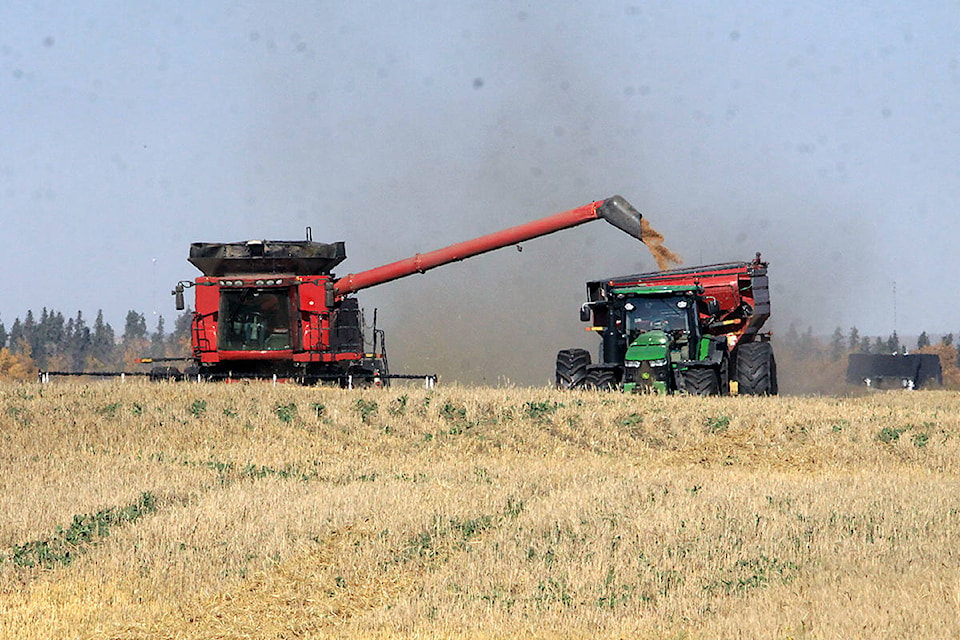For the average farmer in the province, the latest report on land values is a good sign.
A report released recently by Farm Credit Canada (FCC) based on 2017 average values of farmland demonstrates agriculture remains strong and stable.
According to FCC’s chief agricultural economist J.P. Gervais, values in Alberta — which were up 7.3 per cent in 2017 — have continued to rise at a rate similar to the Canadian average of 8.4 per cent. In 2016, Alberta values rose 9.5 per cent while the country wide figure was 7.9 per cent.
“With the steady climb of farmland values, now is a good time for producers to review and adjust their business plan to reflect variable commodity prices and slightly higher interest rates, assess their overall financial position and focus on increasing productivity,” Gervais stated.
FCC noted the 2017 jump likely resulted from a better economy in the first six months, while an interest rate increase later in the year put a damper on more growth. It’s also expected a higher cost of borrowing and other increases will cool the market this year.
According to Ponoka-based realtor Tyler Fessler with First Choice Reality, the provincial rise is reflective on what has been happening in central Alberta for the last few years.
“It’s supply and demand, and central Alberta continues to see increases year after year,” he stated.
“We have some of the best soil types, which yield good crops. The big factors are location in the main corridor in central Alberta, as well as the soil type being the most productive.”
Fessler added people know there is good farm land locally and they want to be in central Alberta, which helps keep the prices strong.
This is the first time that the FCC Farmland Values Report provided a value range in terms of price per acre.
Gervais did stress that each farm is unique, but that purchasing more land must include a strong business case while weighing the risks and rewards.
“Farm operations need to be cautious in regions where the growth rate of farmland values has exceeded that of farm incomes in recent years,” he said.
“The good news is Canadian farms are generally in a strong financial position when it comes to net cash income and their balance sheets.”
To view the report and historical data, visit www.fcc.ca/FarmlandValues.
